| | Movement of the arm requires joint mobility and muscular stability. Moving the arm requires appropriate muscle facilitation and mobility in the shoulder joint, the scapulo-thoracic joint (which is not a "true" joint, more of a physiological joint), the acromioclavicular joint (AC) and the sternoclavicular joint (this is the only joint connecting the arm to the axial skeleton). Take a look at the pics on the left. There are a lot of muscles that can affect the movement of the arm, the scapula, the shoulder, and the clavicle. So... basically what I am pointing out here is that optimal muscle function of the shoulder girdle is key to a healthy pain free shoulder joint, neck and arm. Muscle, bone and connective tissue adapt to how we use them. And typically during a day our arms are positioned out in front of the body: computing, driving, pushing a stroller/walker/cart. This positioning, along with all of our other daily habits of grasping, clenching and tensing can lead to shortened muscles, winged shoulder blades and internal rotation of the shoulder joint which can lead to impingement and eventual rotator cuff tendonitis/tear. |
|
Susan McLaughlin is a physical therapist who specializes in the management of pelvic floor and orthopedic dysfunctions. She is the owner of ALIGN integration|movement in Salt Lake City, UT. Helpful tips and other self care strategies can be found at www.alignintegrationandmovement.com.
14 Comments
Do you experience burning, stinging or rawness in your vulvar area? Maybe you feel itching, throbbing, or aching in the perineum and pelvis. You are not alone. These symptoms are typical of vulvodynia. Vulvodynia is a pain condition of the female genitals: clitoris, vestibule (vaginal opening), labia, and perineum. There are two main subtypes of vulvodynia:
Self Care StrategiesSelf-care and treatments for vulvodynia can help bring relief and recovery. Unfortunately, there is not a "one size fits all" treatment. Working with a trained healthcare provider who understands vulvodynia is crucial to getting out of pain. Here are a few suggestions to alleviate symptoms: Avoid Irritants to the vulvar tissue
Relieve pain and ease pressure
Make an appointment with your local Pelvic Health Physical Therapist
Resources Susan McLaughlin is a physical therapist who specializes in the management of pelvic floor and orthopedic dysfunctions. She is the owner of ALIGN integration|movement in Salt Lake City, UT. Helpful tips and other self care strategies can be found at www.alignintegrationandmovement.com.
|
AuthorSusan McLaughlin, FEEL GOOD SERIES:
|
|
|
Archives
November 2022
May 2022
November 2021
April 2021
December 2020
September 2020
July 2020
June 2020
May 2020
April 2020
February 2020
October 2019
September 2019
August 2019
July 2019
March 2019
January 2019
December 2018
November 2018
September 2018
August 2018
June 2018
March 2018
February 2018
January 2018
December 2017
November 2017
October 2017
August 2017
July 2017
May 2017
March 2017
February 2017
January 2017
December 2016
November 2016
September 2016
August 2016
July 2016
June 2016
May 2016
April 2016
February 2016
January 2016
December 2015
November 2015
October 2015
September 2015
August 2015
July 2015
June 2015
May 2015
February 2015
January 2015
December 2014
November 2014
October 2014
August 2014
June 2014
May 2014
March 2014
February 2014
January 2014
December 2013
November 2013
October 2013
August 2013
July 2013
June 2013
May 2013
March 2013
January 2013
December 2012
November 2012
October 2012
September 2012
August 2012
July 2012
June 2012
May 2012
April 2012
March 2012
February 2012
January 2012

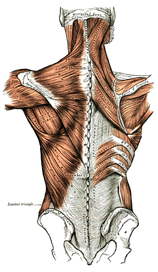
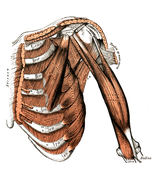
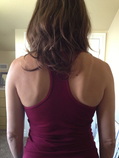
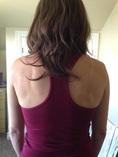
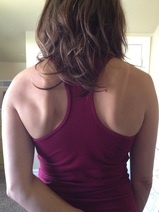
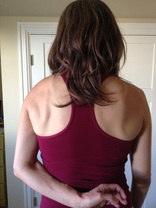
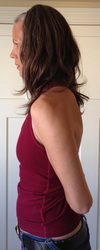
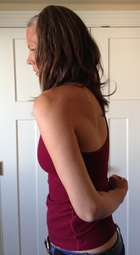
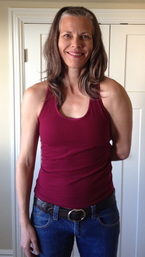
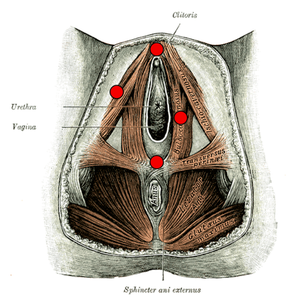
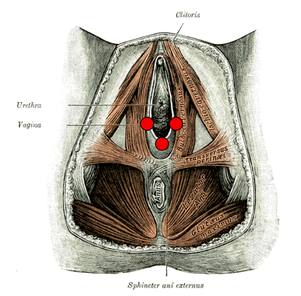






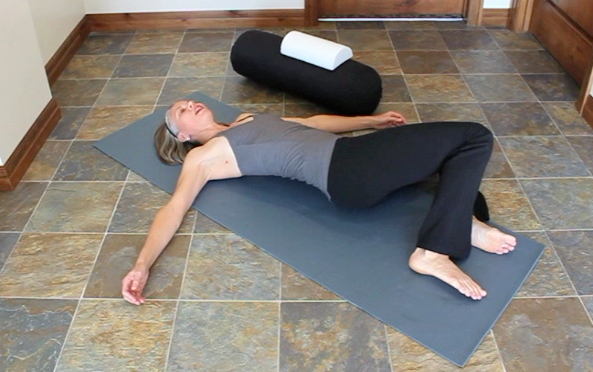
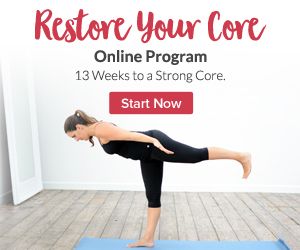


 RSS Feed
RSS Feed